Urban life is often pictured as a whirlwind of busy streets, streaming traffic, and towering buildings. But a closer look reveals a quieter, leafier presence: trees, standing sentinel in parks, lining avenues, and appearing in rooftop gardens. Far from just decorative, urban trees are powerful allies in addressing some of the biggest climate and sustainability challenges facing our cities today.
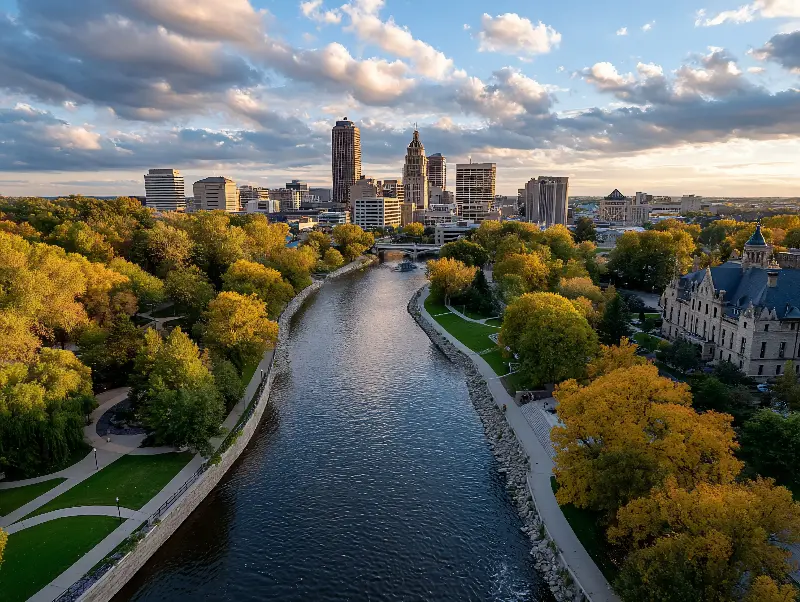
The Unsung Heroes Of Clean Air
City air has a reputation for being heavy with pollution, thanks to emissions from vehicles, industry, and dense populations. Urban trees play a crucial role in tackling this problem, acting as natural air filters. Through the process of photosynthesis, trees absorb carbon dioxide—a key greenhouse gas—and release oxygen back into the atmosphere. According to research from the U.S. Forest Service, a single mature tree can absorb around 22 kilograms of carbon dioxide each year.
But trees do more than just capture carbon. Their leaves and bark trap tiny airborne particles such as dust, smoke, and even heavy metals. Studies in London have shown that tree-lined streets can have 10–20% lower particulate pollution compared to treeless roads nearby. This isn’t just good news for the planet; it’s a breath of fresh air for city dwellers too, reducing risks of asthma and respiratory diseases, especially in children and the elderly.
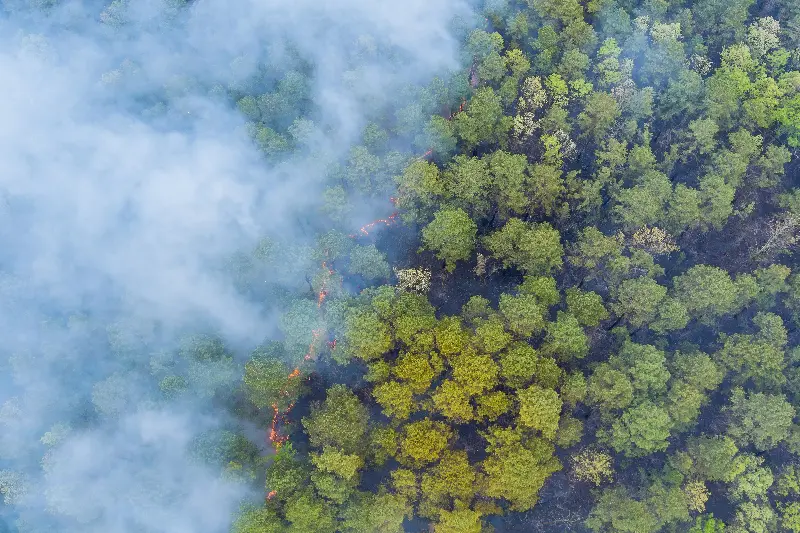
Natural Coolers Against The Urban Heat
If you’ve felt cooler in the shade of a tree on a hot summer day, you’ve experienced another remarkable benefit of urban trees: their ability to lower local temperatures. Cities are prone to what’s known as the urban heat island effect. Concrete, asphalt, and glass absorb and radiate heat, raising temperatures by several degrees compared to surrounding rural areas. This effect can strain power grids, intensify air pollution, and make daily life uncomfortable, particularly during heatwaves.
Trees counteract this by shading streets and buildings, and through a process called transpiration—where they release water vapour through their leaves. This natural “air conditioning” effect can reduce temperatures by up to 5°C in shaded areas, according to the European Environment Agency. This cooling power not only makes city life more pleasant but also cuts down on energy consumed for air conditioning. By strategically planting trees around homes and offices, energy bills can be lowered by as much as 30%, making urban forests a win-win for both comfort and sustainability.
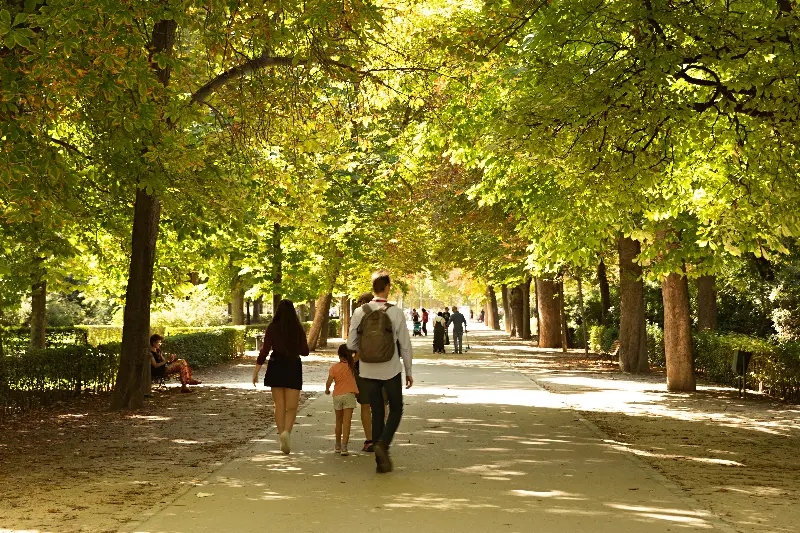
Guardians Of Urban Biodiversity
Urban trees are more than silent carbon sinks; they are vibrant ecosystems supporting a variety of wildlife. In densely built environments where green space is at a premium, any group of trees can provide a vital habitat for birds, bats, butterflies, and beneficial insects. A single mature oak tree, for example, can support over 2,000 different species—from caterpillars to owls.
Biodiversity offers resilience in the face of climate change, helping urban areas adapt to threats such as emerging pests or sudden weather events. The presence of trees also helps maintain genetic diversity among plants, serving as green corridors that connect parks and gardens throughout the city. As cities grow, so does the importance of these natural networks for both wildlife and human well-being.
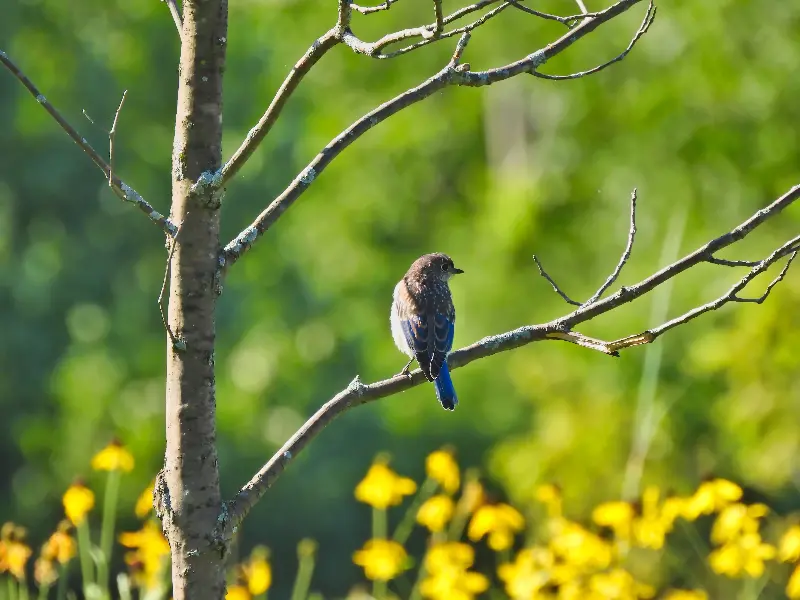
Rain Or Shine: Trees As Urban Water Managers
Stormwater management is a constant challenge for cities coping with more frequent and intense rainfall due to climate change. Without enough permeable surfaces, rainwater quickly runs off pavements, overwhelming sewers and leading to flooding. Urban trees act as a first line of defence. Their leaves intercept rain—slowing its fall—while their roots take up water and help it infiltrate the soil.
Experts estimate that a single mature tree can intercept between 1,000 and 2,000 litres of rainwater per year, dramatically reducing urban runoff. In addition, tree roots stabilise soil, helping to prevent erosion and keeping streams and lakes healthier. Greening urban landscapes with trees has proven cost-effective too: in the long term, increasing tree cover can save millions in flood damages and maintenance of water infrastructure.
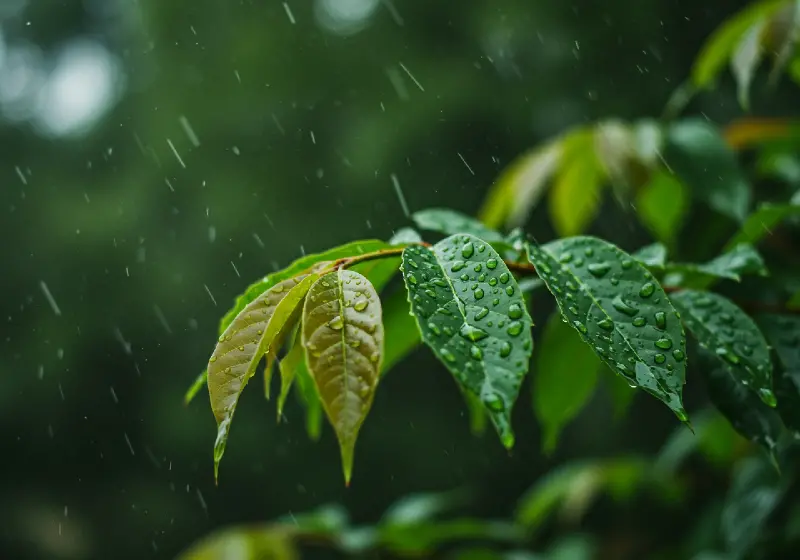
Healthier, Happier Cities
It’s not just the planet—but people—who benefit from trees in cities. Numerous studies have demonstrated the positive impact of urban greenery on mental and physical health. Views of leafy streets are linked with lower stress levels, improved concentration, and reduced symptoms of depression and anxiety.
Trees can also encourage active lifestyles. Shaded, tree-lined pavements make walking and cycling far more inviting, which can help counter urban lifestyle diseases. Some hospitals and clinics even include “healing gardens” in their designs, recognising that access to nature speeds recovery and improves patient outcomes.
